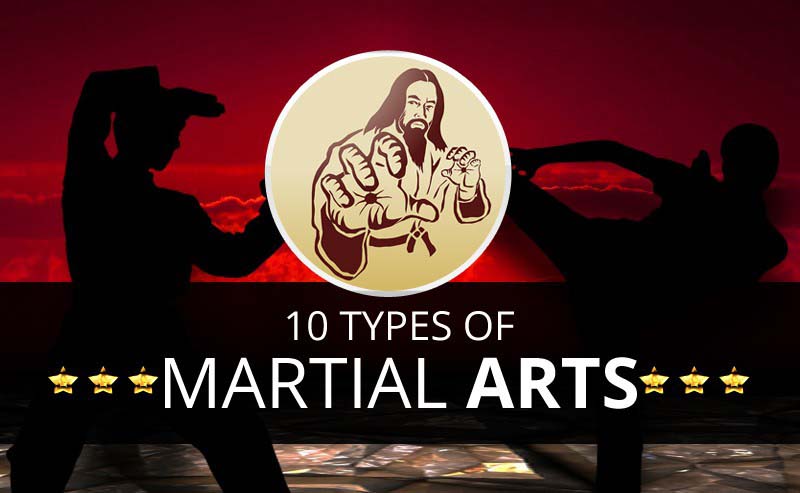Just How Do Conventional Martial Arts Focus On Discipline Compare To Modern Combat Sports Concentrate On Competition? Discover The Crucial Distinctions That Can Form Your Trip
Just How Do Conventional Martial Arts Focus On Discipline Compare To Modern Combat Sports Concentrate On Competition? Discover The Crucial Distinctions That Can Form Your Trip
Blog Article
Staff Writer-Keith Snedker
When you think about martial arts, do you lean a lot more towards the conventional practices or the modern-day battle sports? Each path uses unique benefits and experiences, shaped by their ideologies and training techniques. Conventional martial arts emphasize personal development and discipline, while contemporary fight sports concentrate on competition and efficiency. Comprehending these differences can lead you in picking the right method for your journey. Yet exactly how do martial arts without sparring materialize in training and approach?
The Philosophy and History Behind Traditional Martial arts
While lots of people link martial arts with physical combat, the viewpoint and background behind standard martial arts run much deeper. You'll find that these self-controls highlight individual development, discipline, and respect.
Originating from old practices, traditional martial arts were typically developed for Self-Defense and spiritual growth. They personify principles such as equilibrium, consistency, and self-constraint, assisting professionals beyond mere battling skills.
As you train, you'll not only find out strategies yet additionally gain insights right into the culture and worths that formed these arts. The routines and traditions, frequently passed down via generations, promote a feeling of neighborhood and belonging.
The Competitive Nature of Modern Fight Sports
Modern fight sports have actually changed the landscape of martial arts into an extremely affordable arena, where athletes face off in a test of ability, technique, and endurance.
You'll notice that competitions are frequently organized with rigorous policies and guidelines, making sure justice and safety and security. These events draw in large audiences, sustaining the excitement and strength of competitions.
Athletes train rigorously, not just for physical expertise but additionally for mental sturdiness, understanding that every information counts in the ring. The adrenaline rush throughout competitions is palpable, as competitors press their limits to assert success.
Visit Homepage and creativity included, making contemporary combat sporting activities a thrilling spectacle that remains to evolve and captivate enthusiasts around the world.
Training Methods and Methods: A Relative Evaluation
The affordable atmosphere of modern fight sporting activities demands ingenious training methods that vary considerably from traditional martial arts.
In contemporary training, you'll concentrate on specific techniques, sparring, and conditioning, frequently using drills that imitate real fight scenarios. You'll see a focus on quantifiable performance and regular competitors to analyze your skills.
On the other hand, traditional martial arts prioritize kinds, katas, and thoughtful trainings, commonly highlighting self-control and regard over competition.
Training is generally much less intense and may include repetitive technique instead of real-time sparring.
While both methods build ability and health and fitness, modern fight sporting activities give an extra dynamic and adaptable training setting, preparing you for immediate challenges in the ring or cage.
Select the course that aligns with your objectives and interests.
Verdict
In selecting in between typical martial arts and modern-day battle sports, it actually comes down to what you value most. If infinity martial arts searching for personal development, self-control, and a sense of community, typical arts could be your best fit. However if where martial arts sims 3 prosper on competitors and real-time difficulties, contemporary fight sporting activities could be the means to go. Inevitably, both paths offer one-of-a-kind advantages, so it's everything about aligning your training with your individual objectives and rate of interests.
